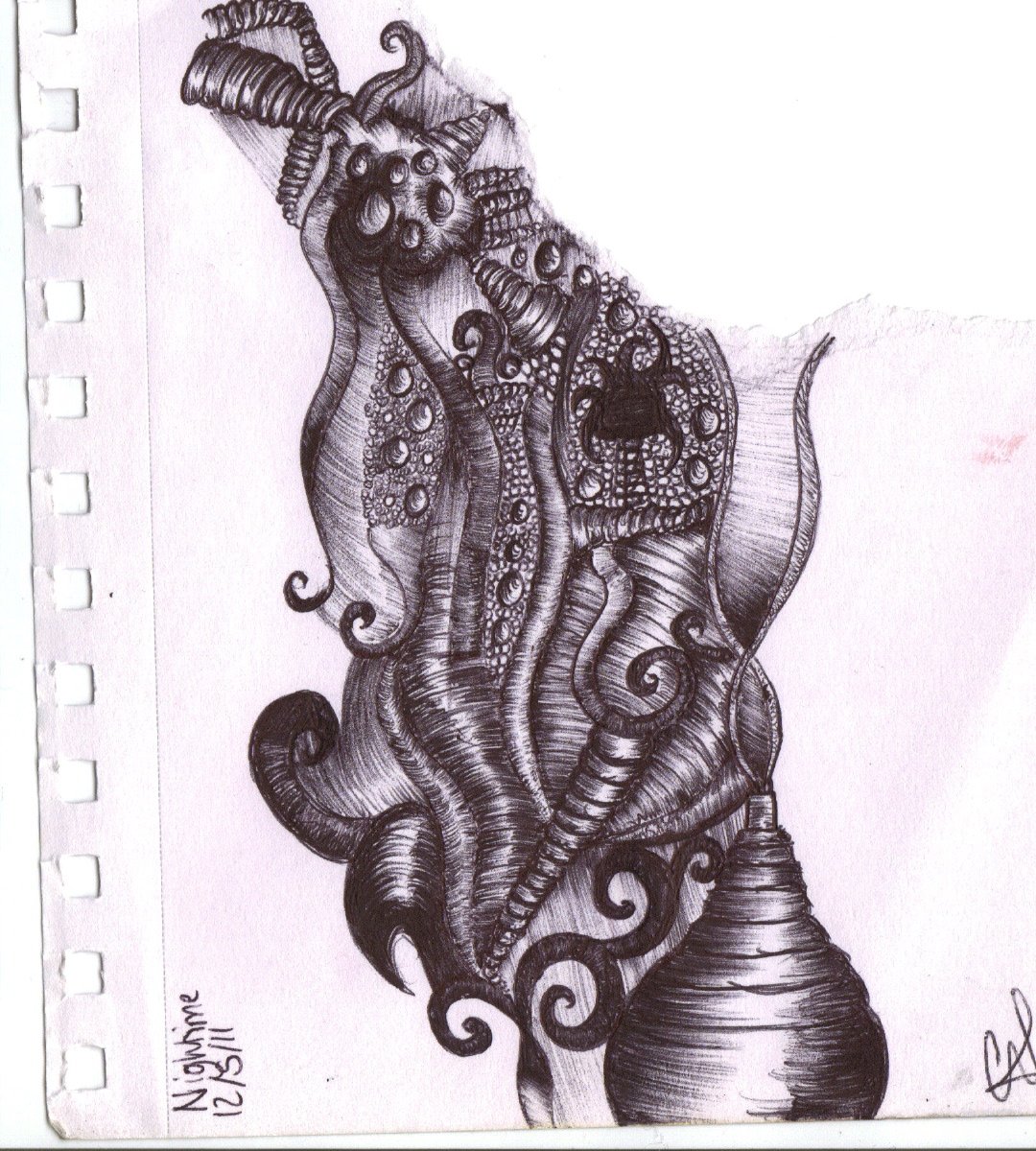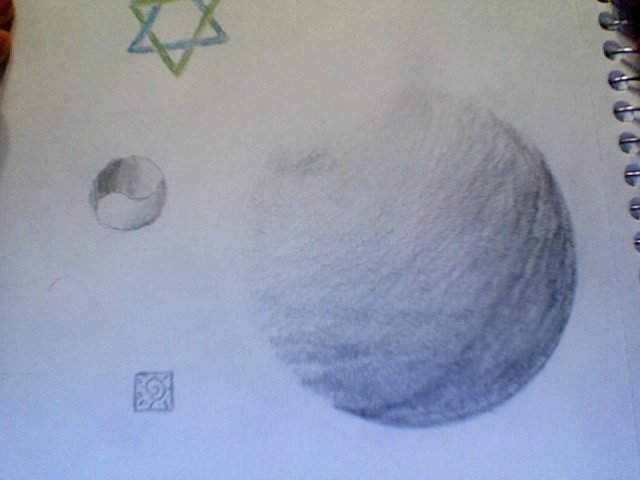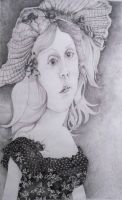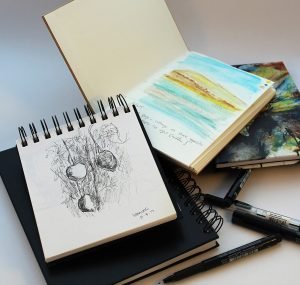What Makes Sketchbooks So Valuable for Writers?
Sketchbooks might not be the first thing that comes to mind when you think of tools for writing, but for many writers and storytellers, they’re an indispensable part of the creative process. A sketchbook is like a private playground for your imagination—a space to capture fleeting ideas, develop characters, or even visualize an entire story before it comes to life on the page.

credit: chloe
Whether you’re scribbling down a quick dialogue idea, mapping out a narrative arc, or doodling a scene, sketchbooks can offer the freedom and inspiration you didn’t know you needed. So, let’s explore how writers and storytellers are using sketchbooks to elevate their craft.
In the hustle of everyday life, it’s all too easy to lose track of an idea. Writers and storytellers often have moments of inspiration that seem to come out of nowhere. Sketchbooks are the perfect catch-all tool for these moments, allowing you to grab and save your ideas before they slip away.
But it’s not just about jotting down random notes. Sketchbooks offer something unique—a tactile, visual, and personal way to develop your creative projects. They allow you to brainstorm without judgment, experiment freely, and revisit older ideas that might spark something new.
How Sketchbooks Spark Creativity
Raw Idea Capturing
Let’s face it—our brains are messy. Sketchbooks provide a space to throw down raw, unpolished ideas without worrying about grammar, structure, or presentation. Jotting down fragments of scenes or sketching out rough visuals can often lead to breakthroughs later.
Visualizing Your Story
A story isn’t just about words. Visual aids can help you set the tone of a scene or imagine a character’s setting. Using a sketchbook to draw a location, create a mood board, or even chart out relationships between characters can help stories come alive in a whole new way.
Building a World
For writers creating rich, fictional worlds, sketchbooks are a game-changer. They’re ideal for sketching maps, defining timelines, and even doodling what a character’s outfit might look like. It’s a tactile, creative way to flesh out details that words sometimes can’t fully capture.

Sketchbooks.org | TRADITIONAL MATERIALS
Types of Paper and How to Use Them | A Beginner’s Guide to Creative Surfaces
Why Paper Choice Matters Whether you're a sketchbook enthusiast, a mixed media artist, or just starting your creative journey, understanding the types of paper and how to use them is essential. The surface you choose...
Digital or Physical? Why Not Both?
If you’re wondering whether to go old-school with a physical sketchbook or use a digital version, the answer is…it depends! Each has its own strengths:
- Physical Sketchbooks:
- Nothing beats the feeling of pen or pencil on paper. They’re distraction-free and offer an organic flow that some creators swear by. Plus, adding personal touches like stickers, pressed flowers, or scribbled notes can make them uniquely yours.
- Digital Sketchbooks:
- These offer endless possibilities. With tools like Procreate or Microsoft OneNote, you can combine visuals and text seamlessly. Want to resize your sketches or add some colors to your ideas? Digital sketchbooks make it easy—and you can save everything in the cloud so you never lose a single doodle.
Tips for Using Sketchbooks Effectively
Dedicate Sections
If your sketchbook feels like a chaotic mess of ideas, consider organizing it into sections. You could have one part for character sketches, another for random ideas, and maybe even a section for future projects.
Experiment Fearlessly
Don’t hold back in your sketchbook. It’s meant to be imperfect. Use it to try out wild ideas that might not work—or might just turn into something amazing.
Review Older Entries
Sometimes, going back to older pages can be surprisingly inspiring. What looked like a throwaway note months ago might suddenly be the perfect solution to a current challenge.

Famous Creatives Who Loved Sketchbooks
You’re in good company if you use sketchbooks. Many famous writers have turned to sketchbooks or journals as a part of their process. J.K. Rowling famously sketched out the Hogwarts grounds, while Neil Gaiman uses notebooks to brainstorm storylines and ideas. Sylvia Plath was known to pour her raw emotions and thoughts into her journals, some of which doubled as sketchbooks.
Why Every Writer Needs a Sketchbook
At its core, a sketchbook is more than just a tool. It’s a partner in creativity—a place where ideas grow and evolve. Whether you’re writing poetry, crafting novels, or just brainstorming, a sketchbook can help you stay organized while letting your imagination roam free.
So, if you’ve never used a sketchbook, why not start now? You might find it becomes your most trusted writing companion. After all, some of the greatest stories begin not with words, but with a simple idea jotted down in a sketchbook. Keep dreaming, keep creating, and let your sketchbook be your guide!

credit: jjthejetplayne
Ready to Share Your Work?
Do you include text or notes in your sketchbooks?







